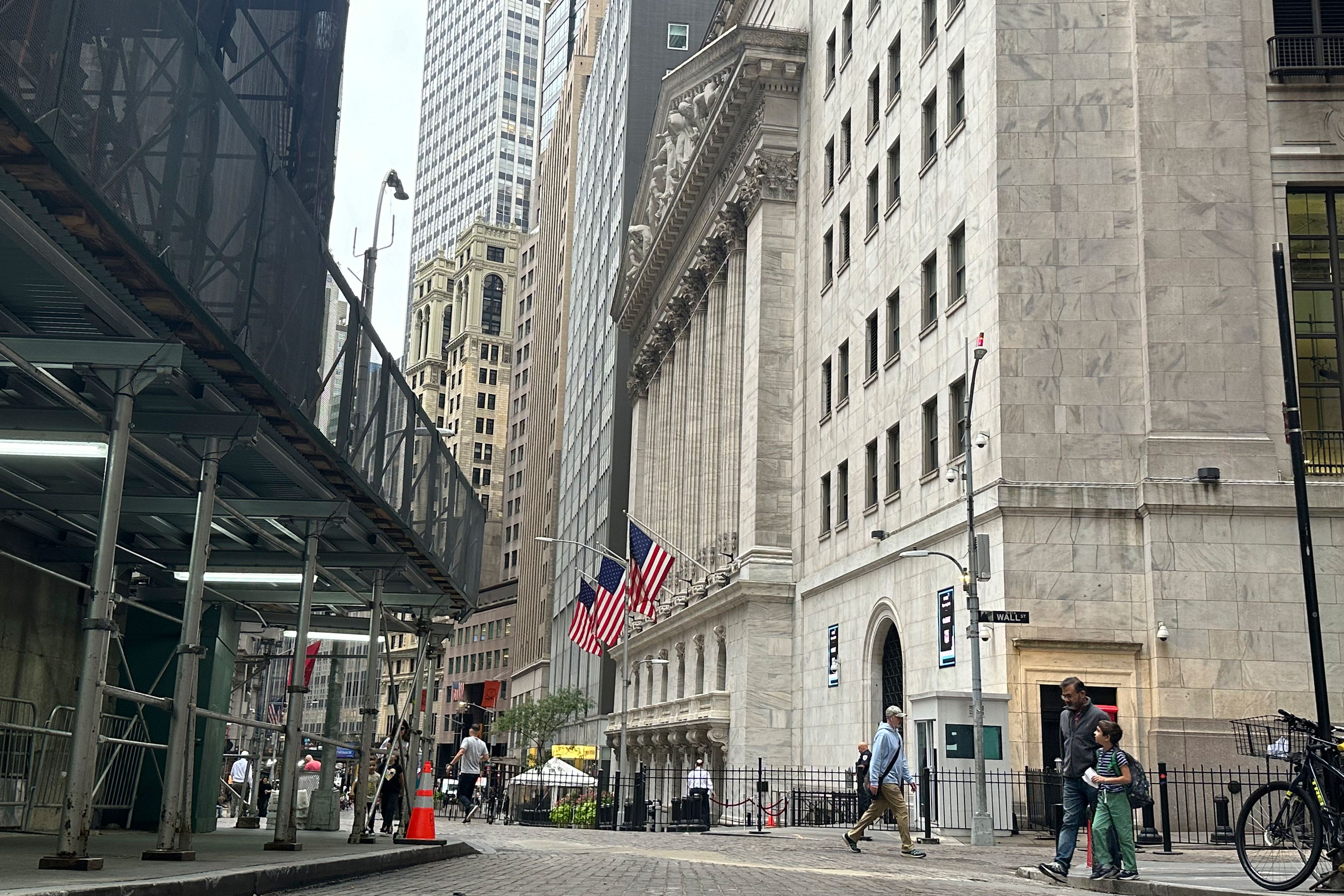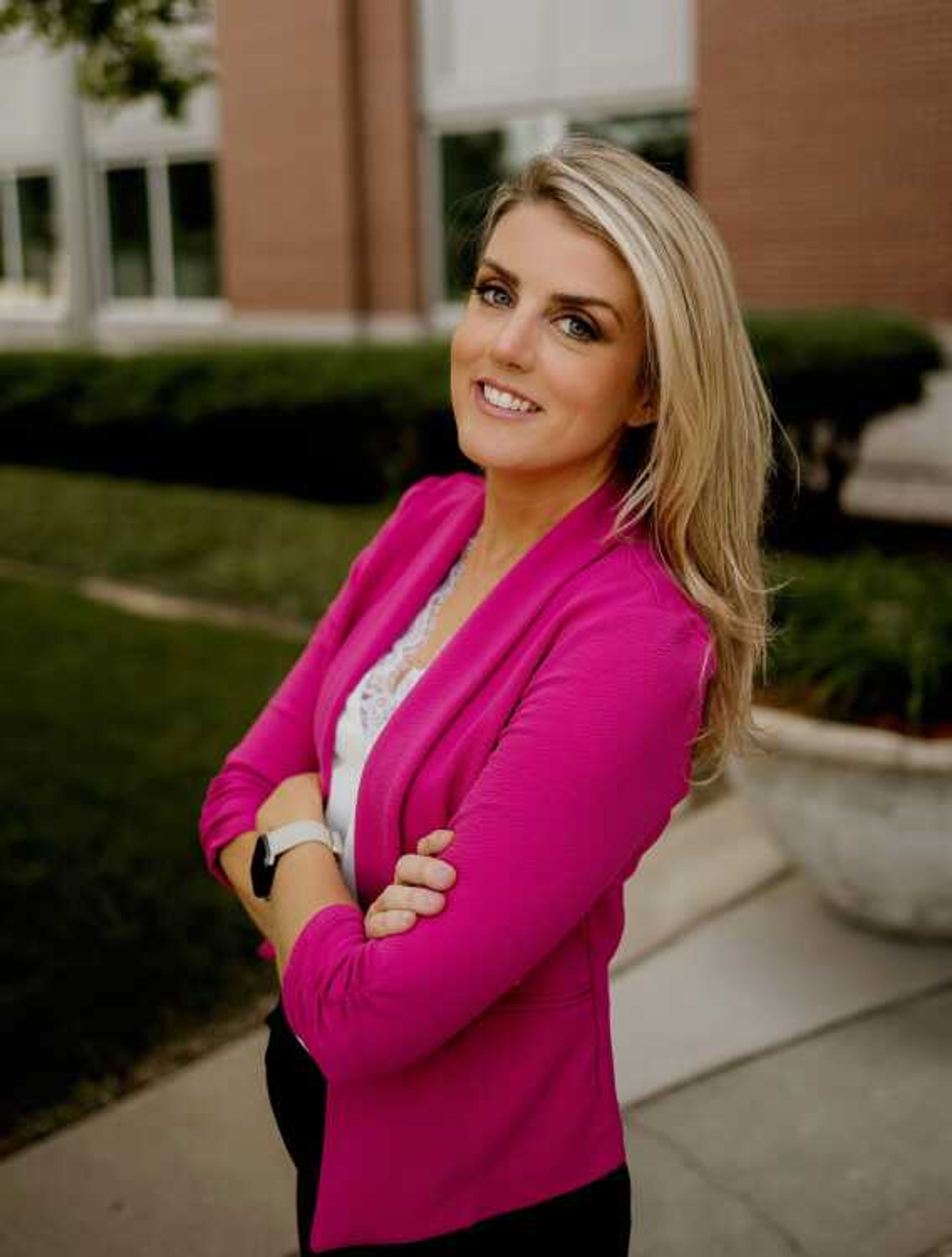By Leonna Essner
Special to Business Today
SIKESTON -- David Diebold and Donnie Beggs won't be found among the other Linuses waiting for the Great Pumpkin this Halloween.
Unlike some pumpkin growers across the country, their pumpkins are a good size this year. Although early dry spells and late heat have affected the quantity of large pumpkins, there's still plenty available for area residents to purchase this fall.
"We do have a shorter crop than usual this year," said Beggs, owner of Beggs Pumpkin Patch in Sikeston. "It's not only me, I think pumpkin growers in other states and the area have a shorter crop, too."
For example, most of one Indiana farmers' pumpkins are underdeveloped and struggling, no bigger than softballs. Yields are expected to be 10 percent to 20 percent less than last year in Indiana. Fortunately, Beggs and Diebold aren't experiencing these extremes.
Diebold, manager of Diebold's Orchard in Benton, recently took a trip to St. Louis and noticed what seemed like a band of dead trees and leaves. The Southeast area doesn't yield like they do up north, which can explain a difference in crop sizes, he said.
"This year we've grown an average crop, and it's a good quality," Diebold said. "I know others haven't been as lucky."
Pumpkin growers in this area haven't been as badly affected by the national drought as the rest of the Midwest, he said. Diebold compared the shape of the drought areas to that of an egg.
"The tip of the egg starts in Ste. Genevieve and widens into Southern Illinois and into Indiana," Diebold explained. "It's a band through the lower Midwest. But I just talked to a pumpkin grower in North Carolina and he's experiencing problems, too."
Rather than burn and die, plants affected by little rain and extended periods of heat continue to grow but yield smaller pumpkins.
Pumpkin production is largely a local industry with little trade between states and regions. Farmers who raise pumpkins and gourds rely heavily on local sales, which is why Diebold and Beggs assured customers will have plenty of big pumpkins to choose from. For them, retailers come first, wholesalers second.
"I tell them (the wholesalers), 'I'm keeping the best ones for my customers,'" Beggs said.
Fifteen to 20 varieties of pumpkins are grown by the owners of Diebold's Orchard. They have pumpkins ranging in size this year from less than one pound to over 100 pounds.
Beggs doesn't like to talk in terms of weight, he said. "Our pumpkins are grown in the sand so they'll have a smaller weight than those grown in heavy dirt. Our pumpkins may be the same size as those grown in heavy dirt, but weigh about three pounds lighter."
Both Diebold and Beggs agreed people are already picking out their pumpkins for the fall season. Usually the last weekend of September and the first two weeks of October are the most popular times to purchase pumpkins for the fall.
Buyers should look for a deep orange-colored pumpkin with a solid, woody stem when shopping, Diebold suggested. Of course any pumpkins missing a stem is a signal the pumpkin isn't too healthy, he added. Once purchased, a pumpkin will generally last for at least six weeks.
Although this pumpkin season hasn't been the best, there have been worse.
Beggs thinks last year's crop was worse than this year's. Diebold recalled the time 15 to 20 years ago when the Environmental Protection Agency banned a certain fungicide that every pumpkin grower was using.
"We lost an entire crop that season. The fungicide used covered all but one disease, and we got it," Diebold said. "If you ask me, pumpkins are the riskiest crop that people grow in the area."
Leonna Essner is a staff writer at the Standard Democrat in Sikeston
Connect with the Southeast Missourian Newsroom:
For corrections to this story or other insights for the editor, click here. To submit a letter to the editor, click here. To learn about the Southeast Missourian’s AI Policy, click here.








